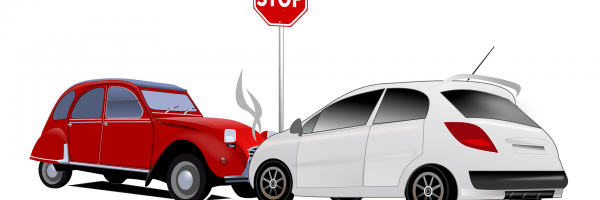You are reading the Original Version (CLB5+) Read Simple Version (CLB3-4) Is it your first time to drive in the snow? If you have not experienced it, winter driving can have many challenges. In Manitoba, you should expect to be driving under this weather for four months (or more) in the year, so it pays to prepare for it. Here are a few tips to follow before and during the winter months: a. Get your vehicle ready Start by tidying up the inside of your car. Vacuum the carpets, dust off the dashboard, and clear out your trunk to make space for winter accessories or tools. Replace your floor mats. You may also opt to have your car waxed to protect your car’s exterior. A good maintenance check follows, paying close attention to your car battery, brakes, windshield wipers, lights, and tires. This video entitled Get your car ready for winter: Advice from Consumer Reports has so many practical car winterizing, car maintenance, and emergency situation tips: b. Plan your driving Have enough time to warm up your car (never do this in a closed garage) before travelling. This reduces moisture on the inside of the windows. Also make sure that you’re properly dressed for the weather. This includes having a good pair of shades to deflect sunlight (remember, you’re in sunny Manitoba). c. Prepare a winter driving kit Always make sure that your mobile phone is charged. Have a car charger with you. Winter driving is all about practicing caution and anticipating problems in order to avoid them. Observe the usual safety precautions such as buckling up, slowing down (roads are extra slippery), being alert (especially for black ice), and knowing the proper steering and braking procedures. Watch this short video for helpful tips on safe winter driving from the AAA: Please login to tell us what you think. Please login to view the Discussion Forums. If you are not yet a registered learner, find out how to register.Skip to:
Prepare
The key to getting your car winterized properly is to start early. Getting ready before the first snow fall hits ensures that you will be able to complete all necessary measures since you won’t be rushing. You’ll also avoid long lines for tire or maintenance check-ups if you do it early in the fall.
Create a driving routine. First on the list is to check the weather and road conditions before leaving the house. Remember to take into account that you will be driving slower so you may need to leave the house earlier. Watch out for extreme weather warnings. Make sure that you have you have an emergency kit before setting off. Opt to stay home if you have no urgent business outside.
Gather tools, spare clothes, and food for any emergencies and keep them in your trunk (or inside the car as long as they are easily accessible).Pack a winter driving kit
Learn about winter driving best practices
Here’s a summary of the tips from the video above:
Article updated December 21, 2023.
Adapted from: Driving Tips-Winter from the Canadian Centre for Occupational Health and Safety and Carproof.com’s How to Winterize your car.Quiz
Top 3 Winter Driving Tips
We'd love to hear from you!
Join the Discussion




